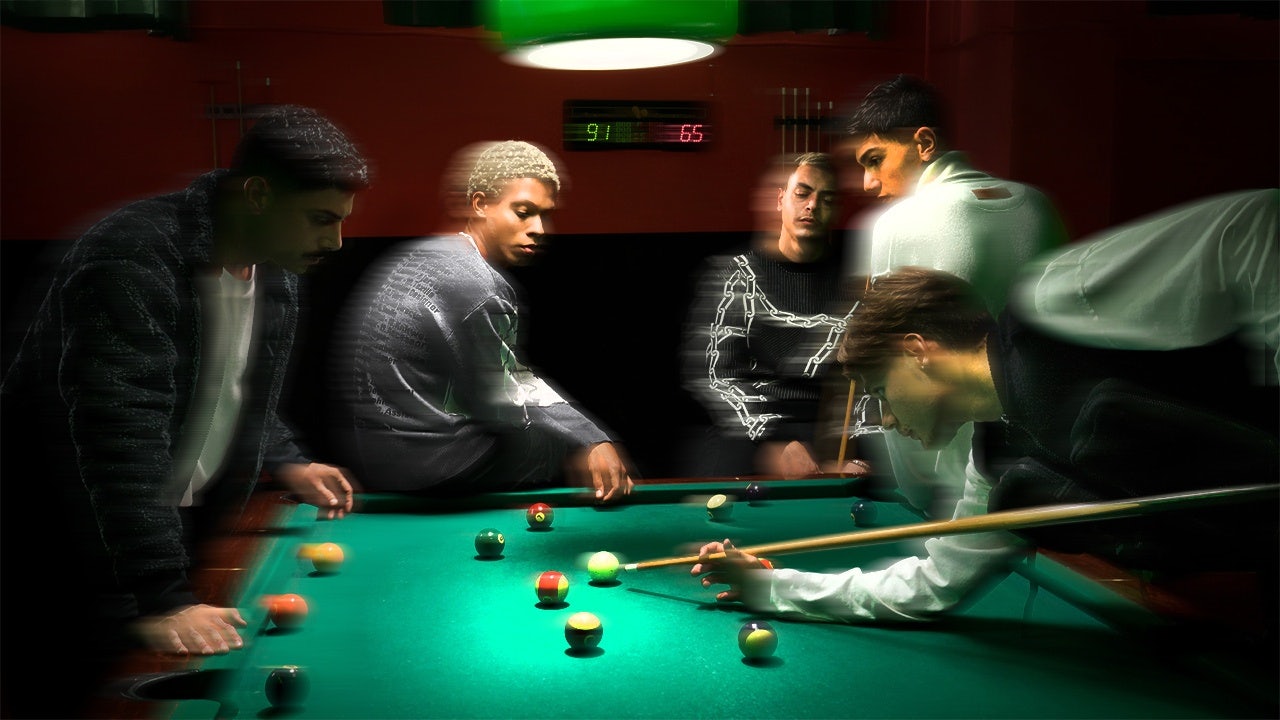In the second part of my preview of where luxury is heading over the next decade, I will focus on purpose-driven brands. I’ve written a lot about luxury brands needing to refocus on creating brand equity and brand storytelling. These aren’t fluffy or optional — they’re the essence of a brand, its values, and what it stands for. In the future, getting the story right won’t simply be about increasing a luxury brand’s reputation, it will be a critical measure that’s necessary for survival.
Why do people pay enormous price premiums for the best luxury brands? The answer is simple: Those brands create at least the same amount of value as the prices they charge. If a customer is willing to spend 4,000 for a Louis Vuitton or Gucci handbag or 5,000 for a Cartier ring, then those prices are the perceived values of those brands. Yes: The bag or ring’s design and materials are contributing factors to their prices, but the majority of an object’s value is created by the brand, not by the product’s functional value or its features. Still, many brands focus predominantly on products and neglect to build brand equity. And while some might have been able to get away with that over the last decade, they won’t be able to in the next one.
The past few years have already shown a clear tendency towards ultra-premiumization, which will help push average brands out of business even faster. The average prices of the leading luxury brands in every category have significantly increased, and there’s been an emergence of new brands and product lines offered at dramatically higher price points than we’ve ever witnessed before. If you look at the beauty care segment, for example, the sheer number of brands priced above 500 for their main items has skyrocketed, and this was a price point that seemed unreachable just a few years ago. The lesson? When brands offer enough perceived value, consumers are willing to pay for it.
This trend is only going to increase. The cost and complexity of market entry for new brands have decreased dramatically thanks to digital channels, which is leading to an unprecedented increase in competition — even at the highest end of the luxury market. While there were few top-end brands available in the past, we will see many by 2030, and they’ll come from all over the world. Chinese luxury brands will conquer the global market and challenge Western brands, as they’ll be much better prepared for the needs of Chinese luxury customers than their Western counterparts. In ten years, when over 50 percent of global luxury consumption will come from China or Chinese customers purchasing abroad, neglecting the quickly-evolving needs of Chinese customers will be costly. To reach them, real-time insights into their conversations, preferences, and needs from advanced A.I.-powered analysis is needed, and in the future, those insights will be an absolute must.
The only way to gain, maintain, or extend a competitive advantage by the new reality of 2030 will be to focus on brand equity building, which includes defining the brand’s purpose. This sounds trivial or like it should be easy, but in reality, most brands are incredibly weak at describing or expressing their purpose. Very few brands were clear about their purpose during our recent brand audits. At best, they had a vague idea, but one that rarely translated into tangible customer benefits. A lot of brand definitions today are merely self-descriptive. In other words, the brands talk about themselves rather than the value they create for their customers.
Even worse, if a value definition does exist, it often gets lost during customer interactions. For instance, I audited the shopping experiences of several top luxury leather goods brands last week, and the results were eye-opening: All the experiences felt the same, regardless of the brand. Despite being filled with customers before the holidays, their stores felt more like cheap warehouses than a luxury experience, with long waits and no refreshments served. There was nothing special about the purchase situation, and these are the top luxury brands in the entire world! These types of experiences simply won’t be accepted in luxury by 2030.
With the continued rise of Chinese customers, the average age of luxury consumption will drastically decrease. Young millennials and Gen Zers will account for the majority of luxury consumption in ten years, and women will be the most important gender in making purchase decisions. These customers expect brands that resonate with them and know their preferences. Having a beautiful product won’t be enough. The purpose of the brand is what will matter most. What are the values of the brand? Is the brand true to its values? Or, are the values just on paper? Social media will only increase transparency further, and young, digitally savvy consumers will know quickly if brands are b.s.ing them or if they’re authentic and purposeful.
What would I recommend brands do as they head into the 2020s? Audit your brand. Be critical and ask the right questions. Don’t settle for anything less than a sharp brand definition and ensure that your brand’s purpose is clear. Then, train your team on what luxury means in the 2020s. Even with the best brands, there is often a gap in knowledge when managing luxury in a purposeful way for millennials and Gen Zers. Critically question the customer journey: Do you bring your brand purpose across each customer interaction? Does your staff know which role they have in creating a purposeful brand experience?
In luxury, you can’t afford any gaps. One red flag in the customer journey experience can sufficiently destroy a lifelong customer relationship, and in 2030, the stakes will be much higher. It will be a new game, with higher expectations, more alternatives, and better competitors. There will be no room for mistakes or weaknesses.
But it all starts with the brand. To get added luxury value, a brand needs a real purpose to express. Define one now because soon, it will be too late.
Daniel Langer is CEO of the luxury, lifestyle and consumer brand strategy firm Équité, and the professor of luxury strategy and extreme value creation at Pepperdine University in Malibu, California. He consults some of the leading luxury brands in the world, is the author of several luxury management books, a global keynote speaker, and holds luxury masterclasses in Europe, the USA, and Asia. Follow @drlanger


